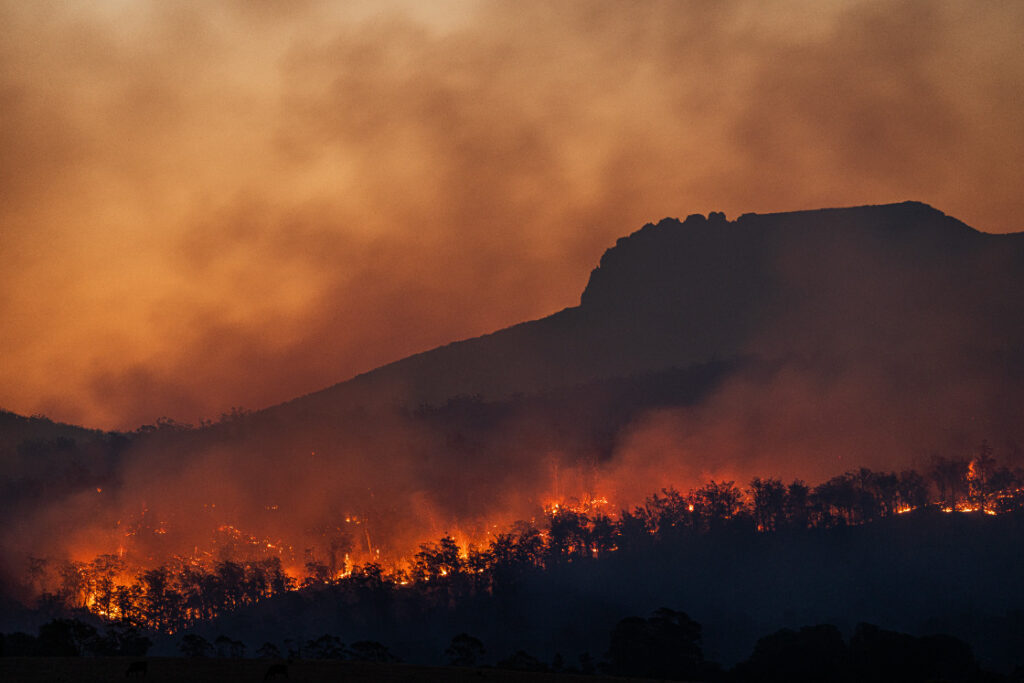Australia is warming at an increasing rate, which is leading to an increase in the occurrence of extreme heat, strong heavy rainsseasons, seasons of fires longer and increased sea levelthe report reveals State of the Climate 2022.
This report, which is issued every two years, and released today by CSIRO and the Bureau of Meteorologyis based on the latest information from weather monitoringCsiro.au, science and projection to detail Australia's changing climate now and in the future, notes Csiro.au.
The Dr. Jaci Browndirector of the Climate Science Center CSIRO, indicates that the concentrations of greenhouse gasesemissions, such as carbon dioxide, are at the highest levels observed on Earth in at least two million years.
"Concentrations of greenhouse gases in the atmosphere continue to increase, and this is causing Australia's climate to warm," he argues.
He adds that the report documents the continuing acidification of the oceans around Australia, which have also warmed by more than one degree since 1900.
"The warming of our oceans is contributing to longer and more frequent marine heat waves, and this trend is expected to continue in the future. We are seeing mass coral bleaching events more frequently, and this year, for the first time, we have seen mass coral bleaching on the Great Barrier Reef during a La Niña year," he notes.
Dr. Brown states that the rate of sea level rise varies around Australia's coasts, but the north and southeast have experienced the most significant increases.
Present effects of warming
While the Dr. Karl Braganzamanager of Environmental Climate Prediction Services from the Met Office, says the report projected increases in air temperatures, more heat extremes and fewer cold extremes in the coming decades.
"Australia's climate has warmed on average by 1.47 degrees since 1910, we have seen contrasting rainfall trends in the north and south of the country, there has been an overall decrease in rainfall between April and October in South Australia in recent decades, but in northern Australia, rainfall has increased across the region since the 1970s," he details.
The report shows that heavy rainfall events are becoming more intense and the number of short duration heavy rainfall events is expected to increase in the future.
Climate change and its impact on agriculture
The Dr. Michael Robertsondirector of CSIRO Agriculture and FoodThe report notes that the threats caused by climate change, including climate change, have extreme rainfalldroughts, heat waves and floods, droughts, droughts, heat waves and forest firesThe effects of these changes are already having a widespread impact on Australia's agricultural industry, affecting food production and supply chains.
"Historically, the sector has demonstrated its ability to adapt to changes in climate, but we have an important role to play at CSIRO to help our farmers build on that, navigating increasing climate risks to ensure the long-term viability of rural businesses and communities," he stresses.
He adds that they are looking at sustainable integrated solutions for agriculture and land use, such as the Climate Services for Agriculture project, which provides historical weather and climate projections on a 5 km grid, to allow farmers to see how the climate is changing in a way that is relevant to what they produce.
This is a collaborative project between the CSIRO and the Bureau of Meteorology funded by the Future Drought Fund The Australian Government's project will help inform farmers where adaptations will be needed.
Source: Csiro.au


